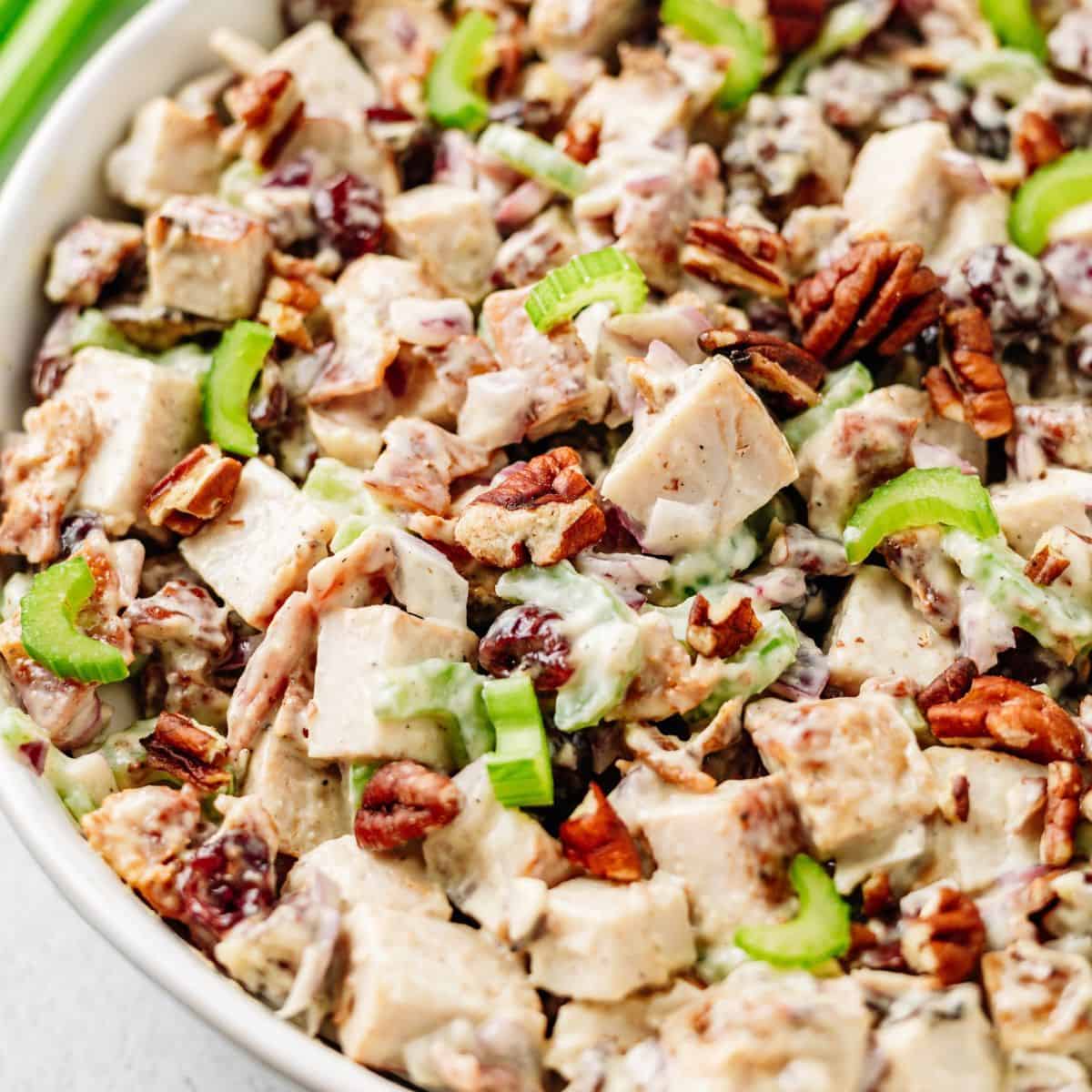

Articles
How To Store Leftover Salad With Dressing
Modified: December 7, 2023
Learn how to store leftover salad with dressing in just a few simple steps. Our articles provide helpful tips and tricks to keep your salad fresh and delicious for longer.
(Many of the links in this article redirect to a specific reviewed product. Your purchase of these products through affiliate links helps to generate commission for Storables.com, at no extra cost. Learn more)
Introduction
When it comes to enjoying a fresh and delicious salad, there is nothing worse than discovering that your leftover salad has gone limp, soggy, and unappetizing. Properly storing leftover salad with dressing is crucial to prevent it from spoiling and to maintain its flavor and texture. In this article, we will explore the importance of storing leftover salad correctly and provide you with some valuable tips to ensure that your salads stay fresh and enticing, even after refrigeration.
Leftover salads can be a fantastic way to enjoy a quick and healthy meal or snack. However, improper storage can lead to wilting, discoloration, and a loss of flavor. The key to preserving your leftover salad’s quality lies in understanding the factors that contribute to its deterioration and implementing effective storage techniques.
By following the tips and tricks mentioned in this article, you can ensure that your leftover salads stay fresh, crisp, and flavorful:
Key Takeaways:
- Properly storing leftover salad with dressing is essential to maintain freshness, prevent foodborne illnesses, reduce waste, and maximize taste and nutrition.
- Using airtight containers, separating dressing, refrigeration, and minimal storage time are key to preserving the crispness and flavor of leftover salads.
Read more: How To Store Salad With Dressing
Why is Proper Storage of Leftover Salad Important?
Properly storing leftover salad is essential for several reasons. Firstly, it helps to maintain the freshness and quality of the ingredients, ensuring that they remain enjoyable to eat. Nobody wants to bite into a salad with wilted lettuce or soggy vegetables.
Secondly, storing your leftover salad correctly helps to prevent the growth of harmful bacteria. Many salad ingredients, such as leafy greens and chopped vegetables, are perishable and can spoil quickly if they are not stored properly. When left at room temperature, bacteria can multiply rapidly, increasing the risk of foodborne illnesses.
Another reason to store leftover salad properly is to minimize food waste. By taking steps to ensure that your salad remains fresh, you can extend its shelf life and reduce the need for frequent disposal of spoiled food. This not only saves you money but also contributes to a more sustainable lifestyle.
Additionally, when you store your salad properly, you can enjoy the convenience of having a ready-made meal or snack on hand. By preparing a larger salad batch and storing the leftovers, you can save time and effort in the kitchen, especially during busy days.
Lastly, the proper storage of leftover salad allows you to get the most out of your ingredients. It prevents them from becoming mushy, wilted, or flavorless, ensuring that they are as tasty and nutritious as possible when you decide to enjoy them.
Overall, proper storage of leftover salad is vital to maintain freshness, prevent foodborne illnesses, reduce waste, save time, and maximize the taste and nutritional value of your ingredients.
Tips for Storing Leftover Salad with Dressing
Properly storing leftover salad with dressing is key to preserving its taste, texture, and freshness. Here are some valuable tips to help ensure that your salads stay delicious even after being stored:
1. Use Airtight Containers
Invest in airtight containers to store your leftover salad. These containers prevent air from entering and moisture from escaping, helping to keep your salad crisp and flavorful. Glass or BPA-free plastic containers with secure lids are excellent options for storing salads.
2. Separate Dressing from the Salad
One of the main reasons salads become soggy when stored is the dressing. To maintain the crispness of your salad, keep the dressing separate and add it just before serving. This way, you can control the amount of dressing and prevent it from wilting the salad ingredients.
Read more: How To Store Leftover Salad
3. Store in the Refrigerator
Refrigeration is essential for keeping your leftover salad fresh. Place the airtight container in the refrigerator as soon as possible, preferably within two hours of preparing the salad. The cooler temperature slows down bacterial growth and extends the salad’s shelf life.
4. Consider Using a Salad Spinner
If you find that your salad greens are still damp after washing them, consider using a salad spinner to remove excess moisture. Dry greens are less likely to become soggy and help maintain the crispness of the salad.
5. Opt for Reusable Wraps or Silicone Covers
If you prefer a more sustainable option, consider using reusable wraps or silicone covers instead of plastic wrap. These eco-friendly alternatives provide a tight seal to keep your salad fresh and are easier to clean and reuse.
6. Label and Date Your Containers
To prevent confusion and ensure you consume your leftover salad within a safe timeframe, label each container with its contents and the date it was prepared. This will help you keep track of freshness and avoid consuming expired salads.
Read more: How To Store Homemade Salad Dressing
7. Plan for Minimal Storage Time
It’s best to consume your leftover salad within two to three days to ensure freshness and optimal flavor. While some ingredients may hold up well for a bit longer, it’s generally recommended to enjoy your salad as soon as possible.
By following these tips, you can ensure your leftover salad remains appetizing and enjoyable, even after being stored. Remember, fresh and crisp salads are just a few storage techniques away!
Use Airtight Containers
When it comes to storing leftover salad with dressing, using airtight containers is crucial. These containers create a seal that keeps air out and moisture in, helping to preserve the crispness and freshness of your salad.
Airtight containers are available in various materials, such as glass or BPA-free plastic. Both options work well for storing salads, but glass containers have the added advantage of being non-reactive, meaning they won’t absorb or transfer flavors from the dressing or other ingredients.
When choosing airtight containers, opt for ones with secure lids that have a strong seal. This ensures that no air can enter and no moisture can escape, resulting in a longer shelf life for your leftover salad.
When you transfer your salad to an airtight container, make sure to pack it tightly to minimize the amount of air trapped inside. This will help prevent oxidation and maintain the salad’s freshness.
It’s also a good idea to choose containers that are the right size for your salad. If the container is too large, there will be more air space, which can lead to faster wilting and deterioration. On the other hand, if the container is too small, you risk compressing the salad, causing it to become mushy.
Remember to clean your airtight containers thoroughly before and after each use to prevent any bacterial growth. Wash them with warm, soapy water, rinse well, and dry completely to ensure they are ready for the next salad storage.
By using airtight containers, you create an optimal environment for storing your leftover salad. This helps to preserve its crispness, flavors, and nutrients, ensuring that you can enjoy a fresh and delicious salad even after it has been refrigerated for a while.
Separate Dressing from the Salad
One of the key factors that contribute to a soggy and unappetizing leftover salad is the dressing. To maintain the crispness and texture of your salad, it is important to keep the dressing separate until you are ready to consume it.
When you combine the dressing with the salad and store it together, the dressing tends to soak into the vegetables and greens, causing them to wilt and lose their crispness. This can result in a less appealing eating experience when you decide to enjoy your leftovers.
To prevent this, always store the dressing in a separate container or compartment. You can use small, leak-proof containers or even individual salad dressing portion cups. These are readily available in stores and online and come in various sizes to accommodate your desired amount of dressing.
When you’re ready to eat your leftover salad, simply drizzle the desired amount of dressing over it and toss well. This way, you can control the distribution of the dressing and ensure that each bite is perfectly dressed without compromising the crispness of the salad ingredients.
Another advantage of keeping the dressing separate is that it allows you to experiment with different dressings or customize each serving according to individual preferences. Some people prefer a lighter dressing, while others may want a more generous drizzle. By storing the dressing separately, you have the flexibility to meet everyone’s taste preferences.
Remember to store the dressing in an airtight container as well to prevent any leaks or spills. It’s also a good idea to label the container with the type of dressing it contains and the date it was prepared to ensure freshness.
By separating the dressing from the salad, you can maintain the integrity of your leftovers and enjoy a fresh and crisp salad even after storing it for an extended period.
Store in the Refrigerator
Properly storing leftover salad with dressing in the refrigerator is essential to maintain its freshness and prevent bacterial growth. The cool temperature of the refrigerator slows down the process of food spoilage, allowing you to enjoy your salad for an extended period.
As soon as you finish your meal or decide to store the leftover salad, promptly transfer it to an airtight container and place it in the refrigerator. Ideally, the salad should be refrigerated within two hours of preparation to minimize the risk of bacterial growth.
Make sure your refrigerator is set to a temperature of around 40°F (4°C) or below. This temperature range helps to keep perishable ingredients, such as lettuce and vegetables, fresher for a longer time. It also inhibits the growth of harmful bacteria that can cause foodborne illnesses.
When storing the salad, try to position it in a part of the refrigerator where the temperature is consistently cool, such as the middle shelf. Avoid placing the container near the refrigerator door or in areas that are prone to temperature fluctuations, as this can affect the quality of the salad.
It’s important to note that not all salad ingredients have the same shelf life. Leafy greens, for example, are more delicate and can wilt faster compared to heartier vegetables. Consider this when storing mixed salads, and try to consume them before the more perishable ingredients begin to deteriorate.
It’s also crucial to check the storage time guidelines for specific salad ingredients. Some ingredients, such as cooked chicken or eggs, have a shorter shelf life and should be consumed within a certain period to ensure food safety.
Lastly, avoid refrigerating your salad for an excessive amount of time. While refrigeration helps to prolong the freshness of your salad, it won’t keep it indefinitely. Salads are best consumed within two to three days of being stored to ensure optimal quality and flavor.
By storing your leftover salad in the refrigerator, you can keep it fresh, crisp, and safe to consume for an extended period, allowing you to enjoy it whenever you crave a healthy and tasty meal or snack.
Read more: How To Store Salad
Consider Using a Salad Spinner
A salad spinner is a handy kitchen tool that can help you remove excess moisture from your salad ingredients before storing them. This can significantly contribute to keeping your leftover salad fresh and crisp for a longer period of time.
When you wash your salad greens, they tend to retain some water, which can make them wilt faster when stored. By using a salad spinner, you can effectively dry the greens and prevent them from becoming soggy.
To use a salad spinner, start by washing your greens thoroughly under cold running water to remove any dirt or debris. Once cleaned, place the wet greens in the salad spinner basket and secure the lid. Hold onto the handle and spin the salad spinner vigorously. The spinning motion will cause the excess water to be pulled to the sides of the spinner and collect in the bottom compartment.
After spinning, remove the basket from the spinner and empty the collected water. Gently pat the greens with a clean kitchen towel or paper towels to remove any remaining moisture. Once the greens are sufficiently dried, transfer them to an airtight container for storage.
Using a salad spinner not only helps to keep your salad greens crisp but also prevents the accumulation of excess moisture, which can lead to bacterial growth and quicker spoilage.
In addition to salad greens, a salad spinner can also be used for other ingredients like herbs, sliced vegetables, or fruits. It’s a versatile tool that helps ensure all your salad components are properly dried before storage.
Remember to clean and dry your salad spinner thoroughly after each use to prevent the growth of bacteria. Most salad spinners have removable parts that are dishwasher safe, making cleaning a breeze.
If you frequently enjoy salads or find yourself with leftover salad on a regular basis, investing in a salad spinner can be incredibly beneficial in maintaining the freshness and crunch of your greens.
By using a salad spinner to remove excess moisture, you can help extend the shelf life of your leftover salad and enjoy vibrant and crisp greens whenever you decide to indulge in your healthy meal.
Opt for Reusable Wraps or Silicone Covers
When it comes to storing leftover salad with dressing, the choice of wrapping or covering plays a significant role in maintaining its freshness. Instead of using traditional plastic wrap, consider opting for reusable wraps or silicone covers.
Reusable wraps, such as beeswax wraps, are an eco-friendly and sustainable alternative to plastic wrap. They are made from cotton fabric infused with beeswax, jojoba oil, and tree resin, creating a flexible wrap that can be molded around your salad container. These wraps are washable and can be reused multiple times, reducing the need for single-use plastics.
Silicone covers are another excellent option for covering your salad containers. They are stretchable, reusable, and provide a tight seal to keep your salad fresh. Silicone covers come in various sizes to fit a range of container shapes, and they are easy to clean and store when not in use.
Both reusable wraps and silicone covers provide an airtight seal that helps maintain the crispness of your salad and prevents the dressing from leaking or spilling. They are also free from harmful chemicals often found in plastic wraps, ensuring that your leftover salad remains safe and free from contamination.
When using reusable wraps or silicone covers, make sure to tightly wrap or cover the salad container, ensuring there are no gaps or openings. This will help to keep air out and prevent any moisture loss, preserving the salad’s texture and flavors.
After each use, wash your reusable wraps or silicone covers with warm soapy water and let them air dry. It’s important to keep them clean to prevent any cross-contamination or bacterial growth.
By opting for reusable wraps or silicone covers, you not only reduce your environmental impact but also ensure that your leftover salad remains fresh and appetizing when stored.
Label and Date Your Containers
Properly labeling and dating your salad containers is a simple yet effective way to ensure that you consume your leftover salad within a safe timeframe and maintain its quality. When you store your salad without proper labeling, it can be challenging to keep track of its freshness, leading to the risk of consuming spoiled or expired food.
Labeling your containers allows you to quickly identify the contents and prevent any mix-ups with other stored foods. It’s best to use waterproof and food-safe labels or markers to avoid any smudging or fading.
In addition to labeling the container with the type of salad, consider adding the date it was prepared. This will provide you with a clear indication of how long the salad has been stored and when it should be consumed by. It’s important to adhere to storage time recommendations to ensure food safety.
When labeling your containers, be specific about the type of salad. For example, if it’s a Caesar salad with grilled chicken, mention all the ingredients. This will help you quickly identify the exact contents of the salad without having to open the container and inspect it.
By dating your salad containers, you have a clear reference point for when the salad was prepared. This helps you make informed decisions about its freshness and whether it should still be consumed.
It’s essential to adhere to the recommended storage timeframes for different salad ingredients. While some salads can stay fresh for a couple of days, others may spoil more quickly. By dating your containers, you can easily determine if a salad is past its prime and avoid the risk of consuming spoiled food.
Regularly check the labeled and dated containers in your refrigerator and prioritize consuming the oldest ones first. This ensures that you make efficient use of your leftovers and minimize the chances of food waste.
Properly labeling and dating your salad containers not only helps you track freshness and maintain food safety but also promotes organization in your refrigerator. It eliminates any guesswork and ensures that you always enjoy a fresh and safe salad.
Store leftover salad with dressing in an airtight container to prevent wilting. Place a paper towel at the bottom to absorb excess moisture and keep the salad fresh for longer.
Plan for Minimal Storage Time
When it comes to storing leftover salad with dressing, it’s important to plan for minimal storage time to maintain its freshness and quality. While refrigeration can help extend the shelf life of your salad, it is best to consume it within a reasonable timeframe to ensure optimal taste and texture.
Salads are typically best when served fresh, as the ingredients are at their peak flavor and crispness. The longer they sit in the refrigerator, the more the quality can deteriorate. Consequently, it’s advisable to plan your meals and portion sizes to minimize the amount of leftover salad you have to store.
Consider preparing smaller batches of salad that can be consumed in one sitting. This way, you can enjoy the salad at its freshest and minimize the need for storage. If you tend to have leftovers, try to plan meals or snacks around them within the next day or two.
By keeping storage time to a minimum, you reduce the risk of the salad greens becoming wilted, and other salad ingredients losing their texture and flavor. It also reduces the chances of exposure to potential bacterial growth.
If you find yourself consistently having leftover salad, consider adjusting your meal planning and portioning techniques. For example, you can use a scale to measure out the exact amount of salad greens you need or create personalized salads using individual containers, ensuring minimal leftovers.
Another option is to prepare the components of the salad separately and assemble them just before serving. This way, you can store the individual ingredients in separate containers, preserving their freshness, and customize each salad portion according to personal preferences.
While it’s tempting to prepare a large batch of salad for convenience, it’s important to consider the freshness factor. By planning for minimal storage time, you can ensure that each salad you enjoy is as delicious and satisfying as possible.
Remember to follow proper food safety guidelines and storage recommendations for specific salad ingredients. When in doubt, it’s always better to err on the side of caution and consume the salad within a shorter timeframe to prioritize your health and enjoyment.
By planning for minimal storage time, you can maximize the freshness and quality of your leftover salad, ensuring that each serving is crisp, flavorful, and satisfying.
Read more: How To Store Dresses
Conclusion
Properly storing leftover salad with dressing is crucial for maintaining its freshness, taste, and nutritional value. By following these tips for storing your leftover salad, you can minimize waste, reduce the risk of foodborne illnesses, and ensure that every bite is as enjoyable as the first.
Using airtight containers creates a seal that prevents air and moisture from entering, keeping your salad crisp and flavorful. Separating the dressing from the salad until you’re ready to eat ensures that your greens stay crunchy and avoids wilting. Storing your salad in the refrigerator slows down spoilage and gives you more time to enjoy it.
Considering a salad spinner can help remove excess moisture, preventing your salad from becoming soggy. Opting for reusable wraps or silicone covers offers a sustainable and eco-friendly way to keep your salad fresh without using single-use plastics. Labeling and dating your containers helps you track freshness and prioritize consumption.
Finally, planning for minimal storage time ensures that your leftover salad is enjoyed when it’s at its best, preserving its flavors and textures.
By implementing these tips, you can extend the lifespan of your leftover salad while maintaining its quality. However, it’s essential to use your judgment and follow food safety guidelines. Discard any salad that shows signs of spoilage, such as a foul odor or slimy texture.
So, the next time you have leftover salad with dressing, remember to store it properly to experience a fresh, crispy, and delicious meal or snack whenever you’re ready to enjoy it!
Frequently Asked Questions about How To Store Leftover Salad With Dressing
Was this page helpful?
At Storables.com, we guarantee accurate and reliable information. Our content, validated by Expert Board Contributors, is crafted following stringent Editorial Policies. We're committed to providing you with well-researched, expert-backed insights for all your informational needs.
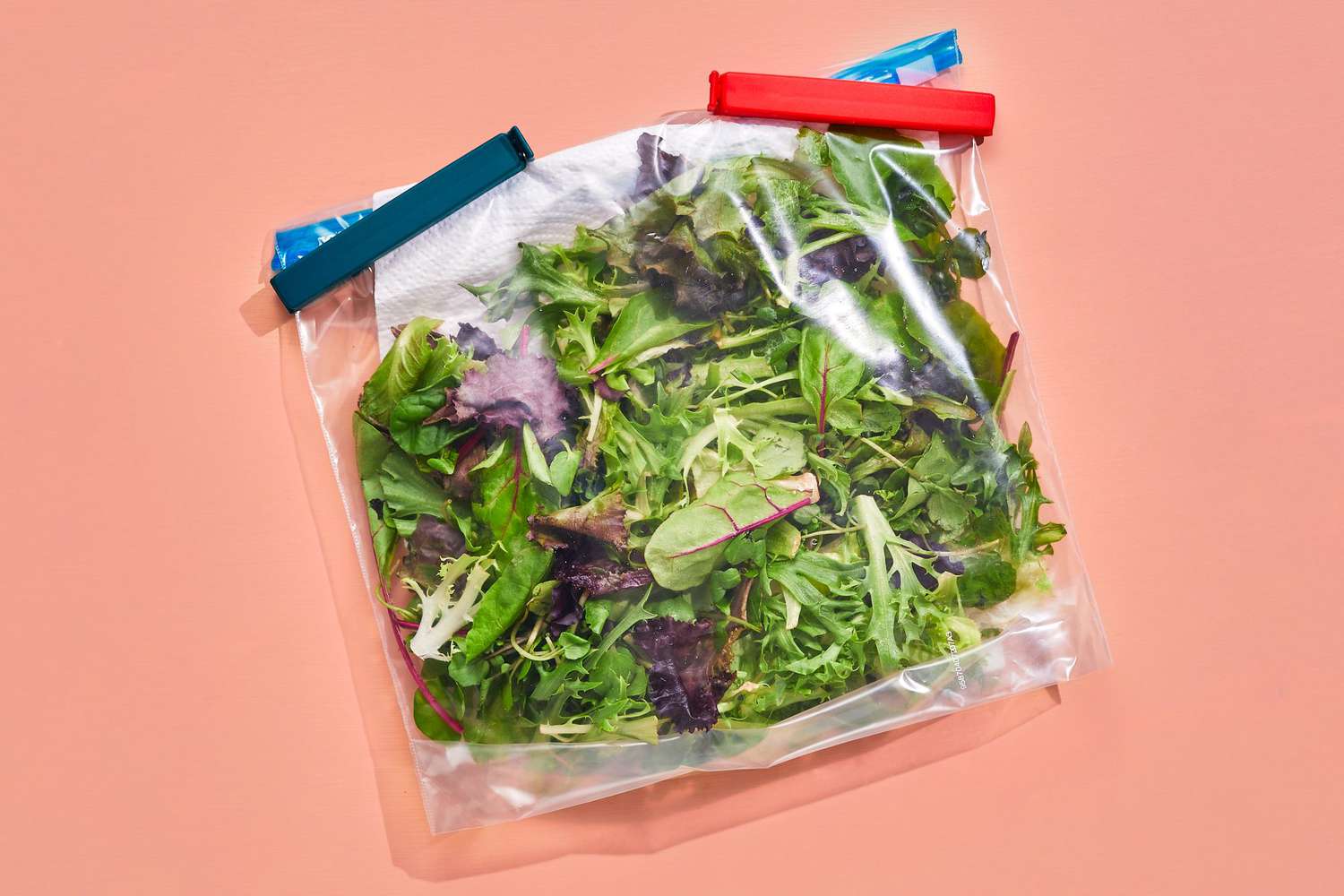
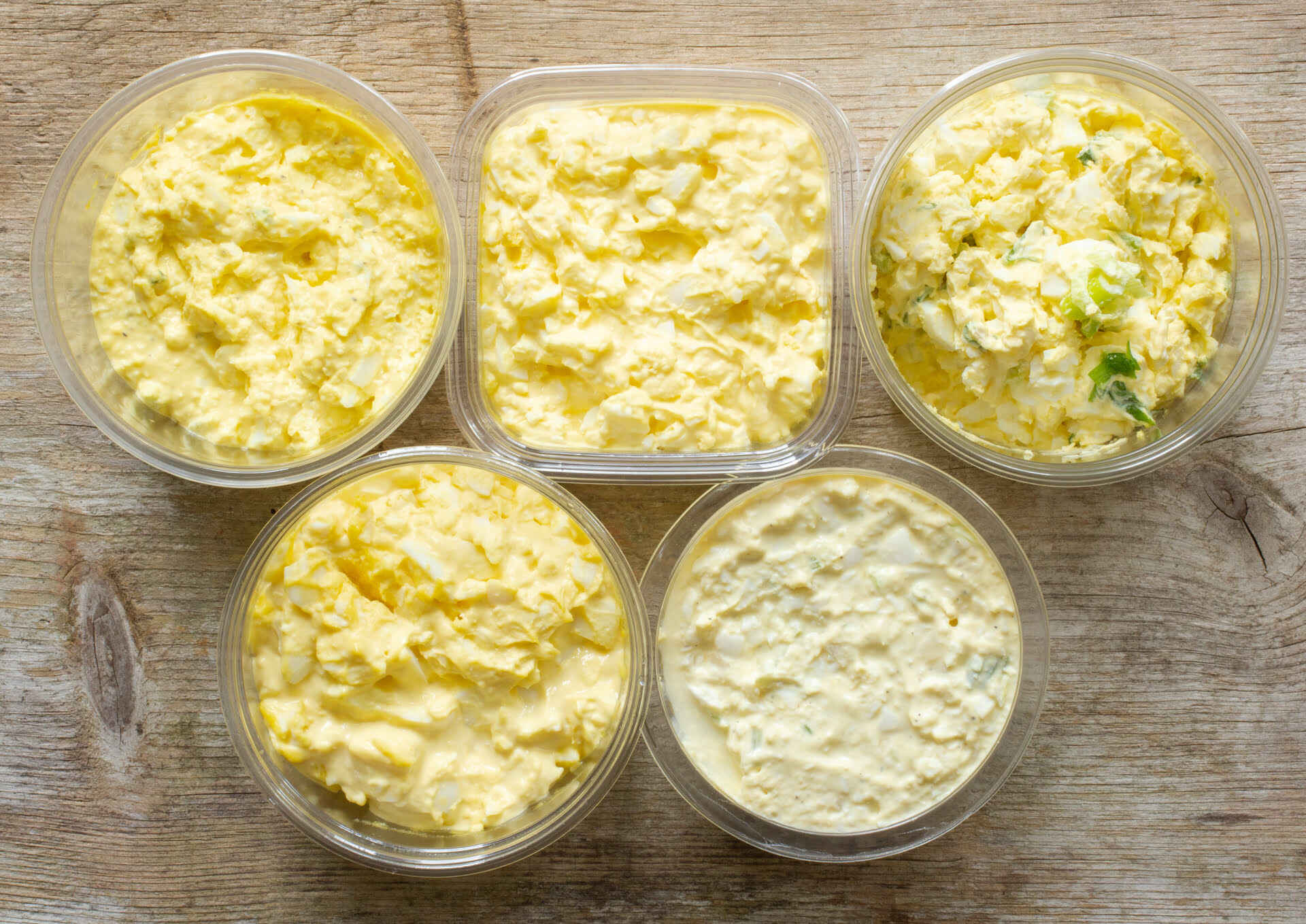
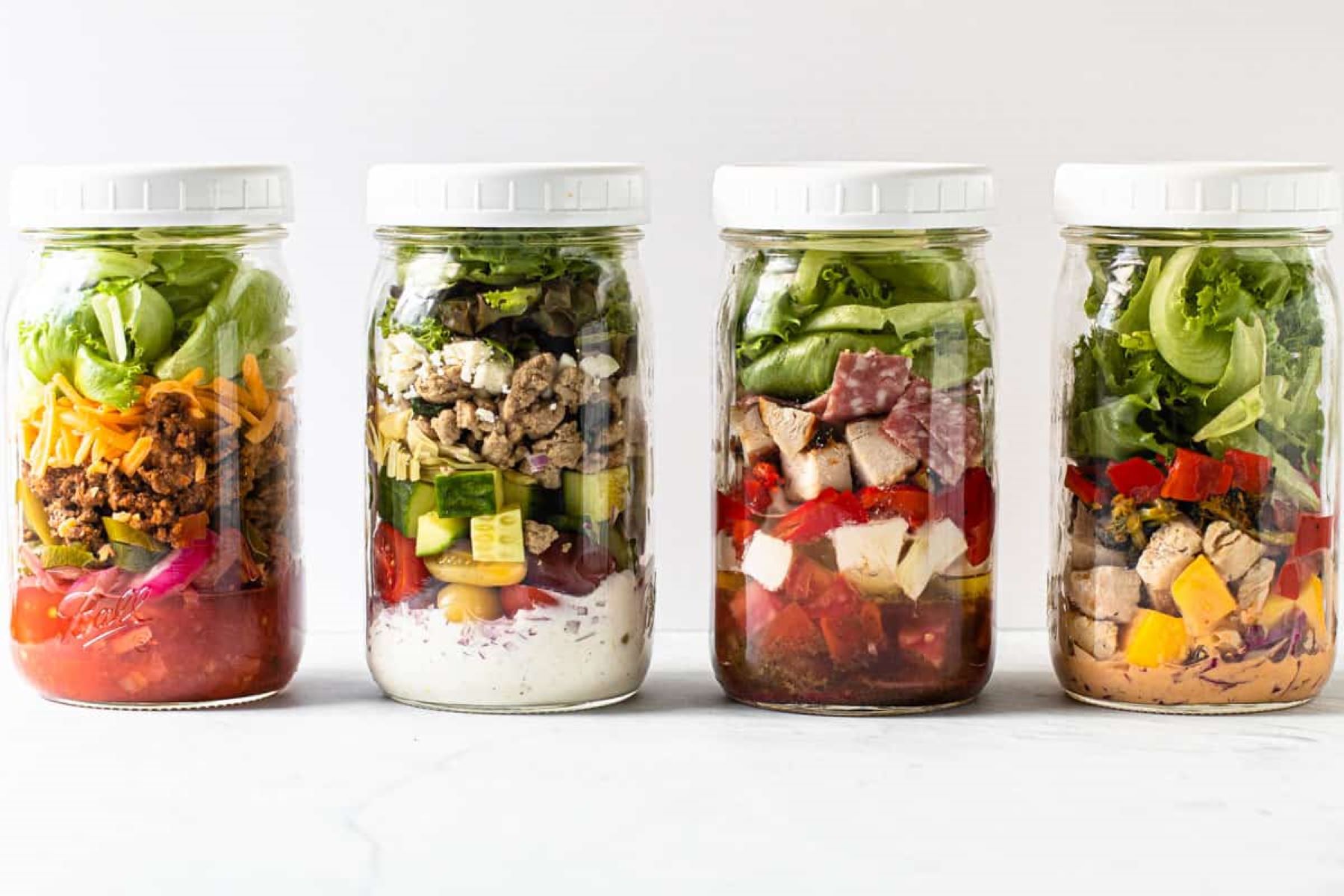
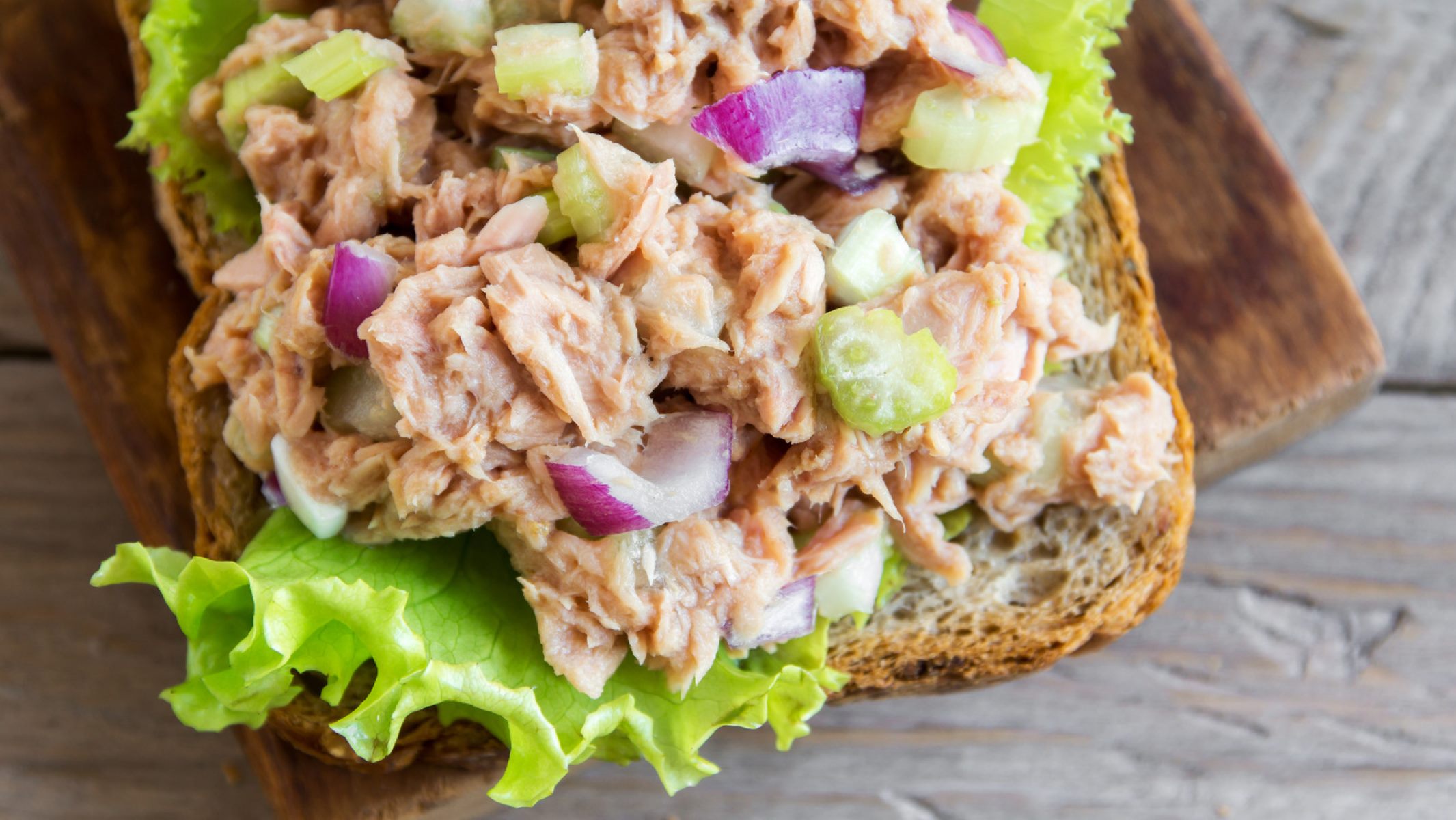
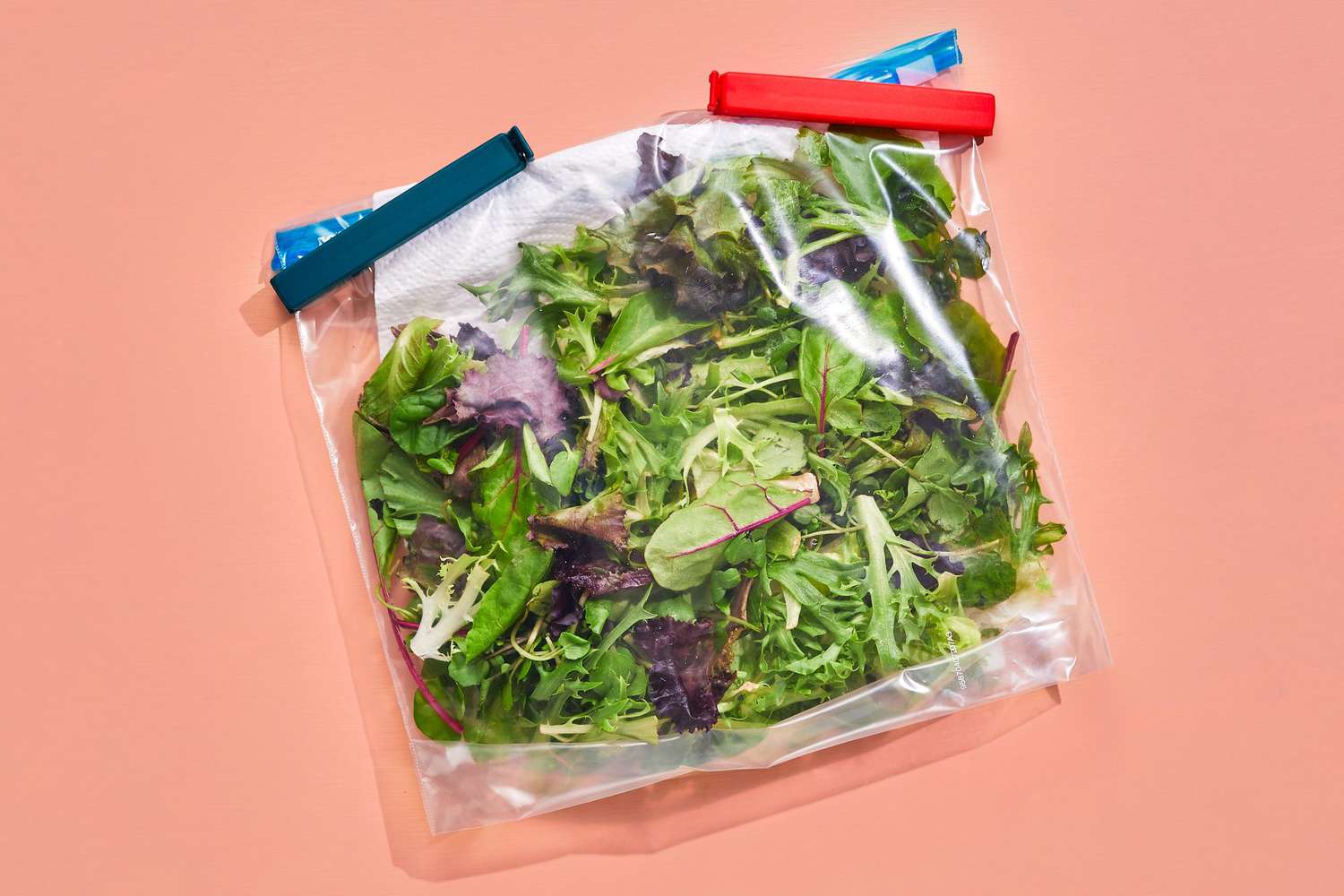


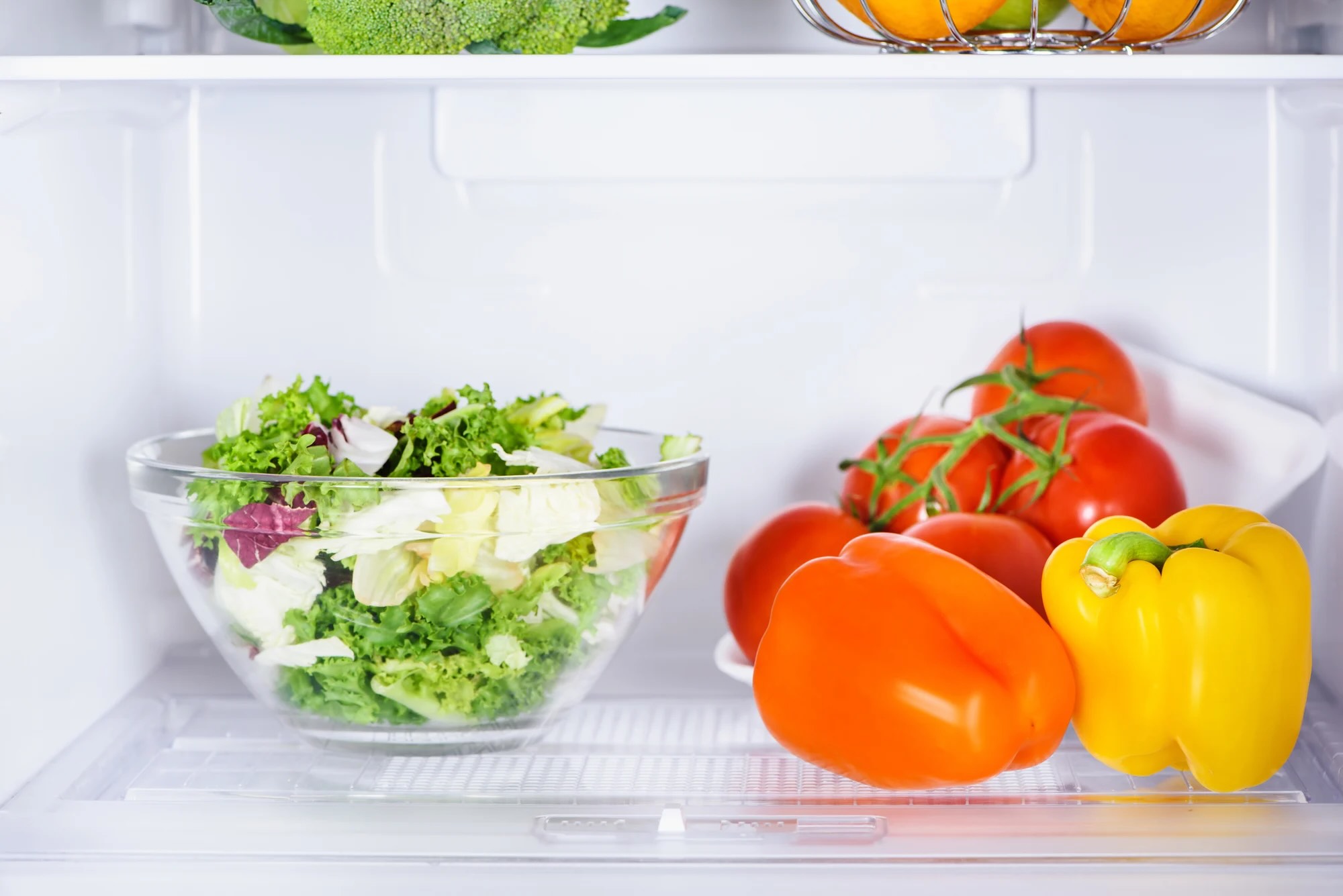


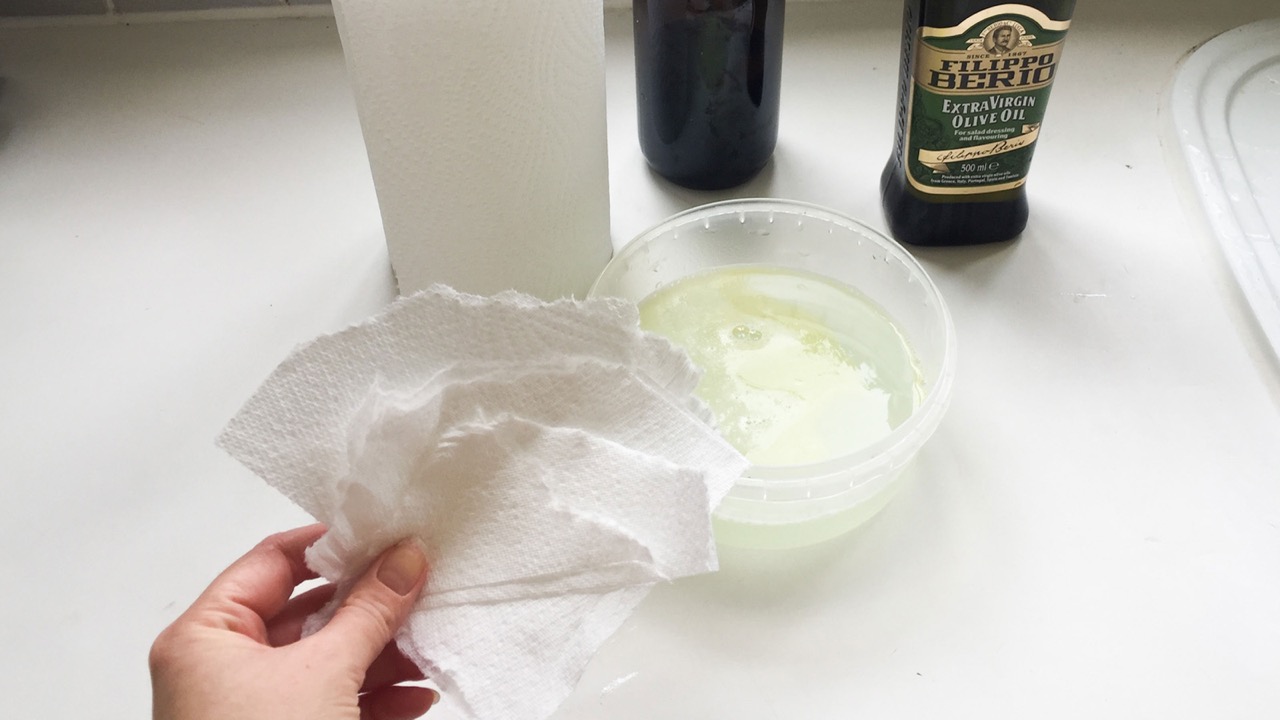

0 thoughts on “How To Store Leftover Salad With Dressing”